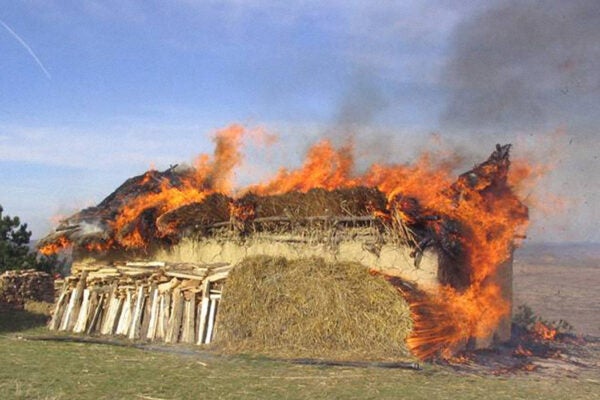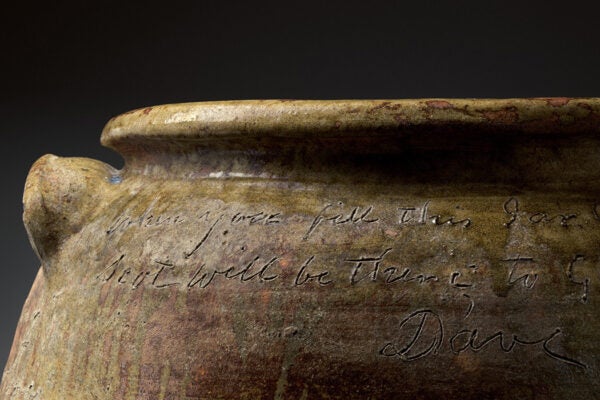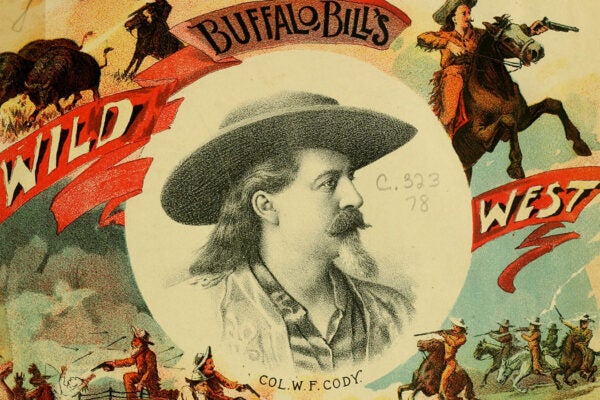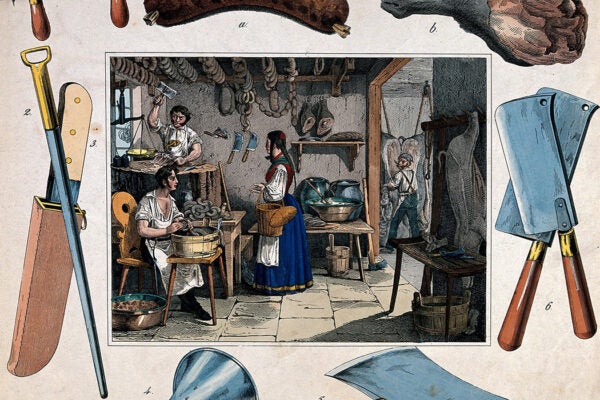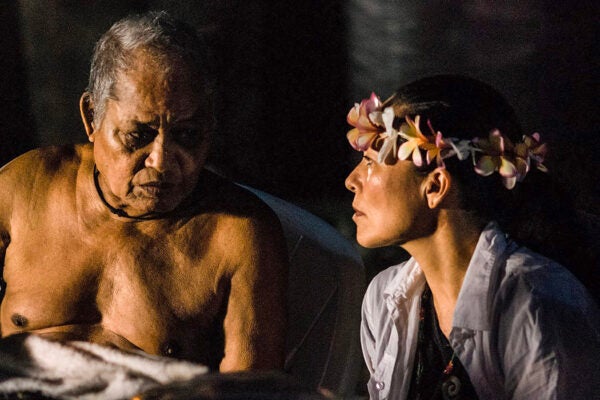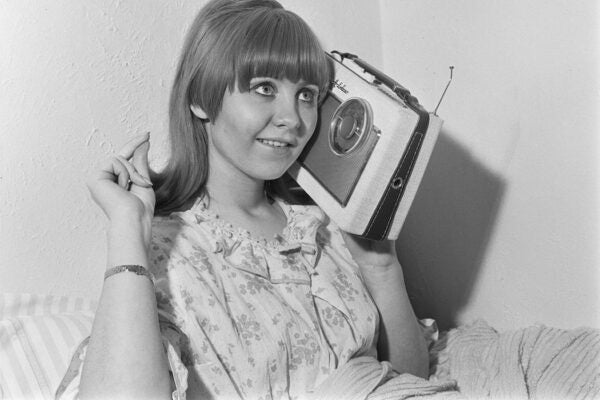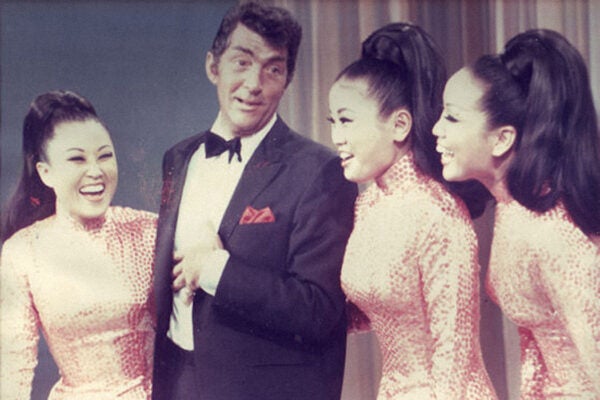Game, Saw, Conquered: Nationalism in Indonesian Video Games
Whether in cutscenes or gameplay, multi-player video games can help rewrite history or encourage an investment in national sovereignty.
“Burned House” Mystery: Why Did This Ancient Culture Torch Its Own Homes Every 60 Years?
The arsons were no accident, archaeological evidence suggests.
Public Media and the Infrastructure of Democracy
Federal support for broadband expansion reflects the understanding that communication is as vital as roadways to the republic.
Dave the Potter’s Mark on History
An enslaved African American in South Carolina did the unthinkable, writing his name on the walls of his vessels—and forever inscribing history.
The Triumphalism of American Wild West Shows
From the 1880s to the 1930s, hundreds of Wild West shows encouraged white audiences to view Native American culture as a rapidly vanishing curiosity.
Hip Hop, Fire, and Fish Meal
Well-researched stories from Vox, Hakai Magazine, and other great publications that bridge the gap between news and scholarship.
Meat and the Free Market
Significant political changes in three major global cities fueled experimentation with laissez-faire economics, which had peculiar effects on the meat market.
Pius “Mau” Piailug: Master Navigator of Micronesia
Mau used traditional skills to guide a canoe from Hawaiʻi to Tahiti, sharing his navigational knowledge with others to keep the wayfinding traditions alive.
Music Only for a Woman: The Birth of Easy Listening
A 1970s radio format geared towards the "feminine psyche" featured musical rearrangements with softer and gentler styles of the day's hits.
Ladies and Gentlemen, It’s The Kim Sisters
The diversification of talent on American variety shows obscured the reality of race relations in the United States during the Cold War.

